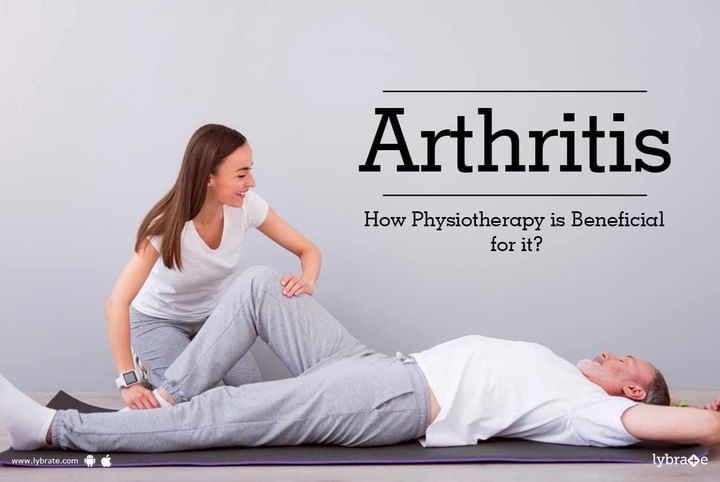Arthritis - How Physiotherapy is Beneficial for it?
Arthritis is inflammation of one or more of your joints. Pain, swelling, and stiffness are the primary symptoms of arthritis. Any joint in the body may be affected by the disease, but it is particularly common in the knee.
Knee arthritis can make it hard to do many everyday activities, such as walking or climbing stairs. It is a major cause of lost work time and a serious disability for many people. There are 2 types of arthritis the knee joint in the human body can get afflicted with. They are:
-
Osteoarthritis: The form of arthritis which, with increasing pain, slowly wears down the joint cartilages is called osteoarthritis. This form of arthritis usually affects people after the age 40. The symptoms of osteoarthritis include:
-
severe pain in the knee joints
-
pain after walking up the stairs and it subsiding once you are on rest
-
severe pain after the movement of joints for a long time
-
pain that becomes worse in rainy days
-
joints becoming stiff after waking up in the morning but they improve in the latter part of the day
-
pain which also occurs in the thighs and the genital regions coupled with joints swelling and joints getting stiff after rest.
-
-
Rheumatoid Arthritis: Rheumatoid arthritis is a chronic form of arthritis caused because of the knee joint inflammations. This form of arthritis can occur at any age. Being an auto-immune disease, its symptoms include, but are not limited to:
-
severe pain in the morning
-
mild fever accompanying the pain
-
joints suddenly becoming swollen, red and warm causing, immense pain
-
sudden stiffness of the joints
-
pain that increases in cold weather
-
mild fever, extreme tiredness and weakening of the muscles
-
Doctors are still doubtful about what exactly causes the disease; but the deformation of the immune system might cause the damage of the joints, causing people who are already suffering from obesity, smokers, and women, in general, more prone to this disease.
When the knee pain is diagnosed as a form of arthritis, the following treatments are suggested:
-
If you are overweight or obese, losing some of those extra pounds can go a long way in reducing the pain.
-
Muscle-stretching exercises are effective in keeping the knee joints flexible.
-
Acupuncture and devices such as knee braces and knee caps can relieve the pain.
-
Prescribed dosage of anti-inflammatory drugs such as Tylenol, Motrin, and Advil or injections of hyaluronic acid might relieve your pain.
- If regular treatments do not work, you might opt for knee-replacement surgery and osteotomy (the process of cutting a bone with the help of surgery) which might better the alignment of the knee by transforming the bone shapes.
Physiotherapy For Knee Arthritis
Physiotherapy treatment is aimed at improving the symptoms of the disease (i.e. knee pain, swelling, stiffness), and you should begin to notice a positive difference within one or a few physiotherapy sessions.
The main goals of physiotherapy for your knee arthritis are:
- Reduce your knee pain and inflammation.
- Normalise your knee joint range of motion.
- Strengthen your knee: esp quadriceps (esp VMO) and hamstrings.
- Strengthen your lower limb: calves, hip and pelvis muscles.
- Improve your patellofemoral (knee cap) alignment and function.
- Normalise your muscle lengths.
- Improve your proprioception, agility and balance.
- Improve your technique and function eg walking, squatting.



+1.svg)
